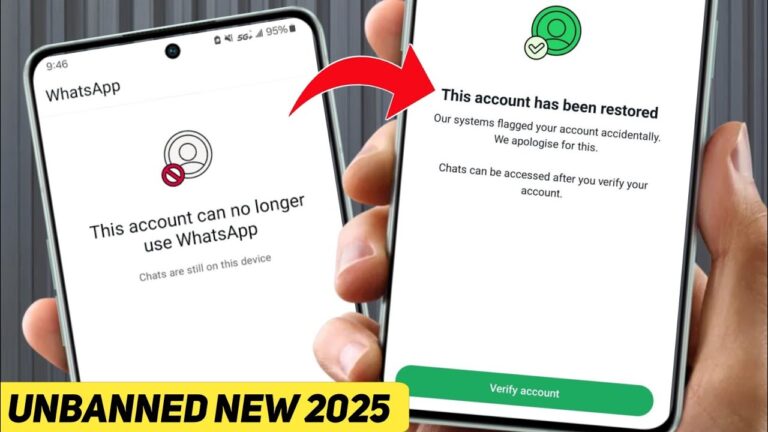
Marketing your product is one of any entrepreneur’s most critical and challenging tasks. You need to create a product that solves your customers’ problems, craft a value proposition that showcases your product’s benefits, plan and execute product launch strategies that generate buzz and excitement, use social media marketing, influencer marketing, and other digital channels to reach and engage your potential customers and measure and optimize your marketing campaign performance and ROI.
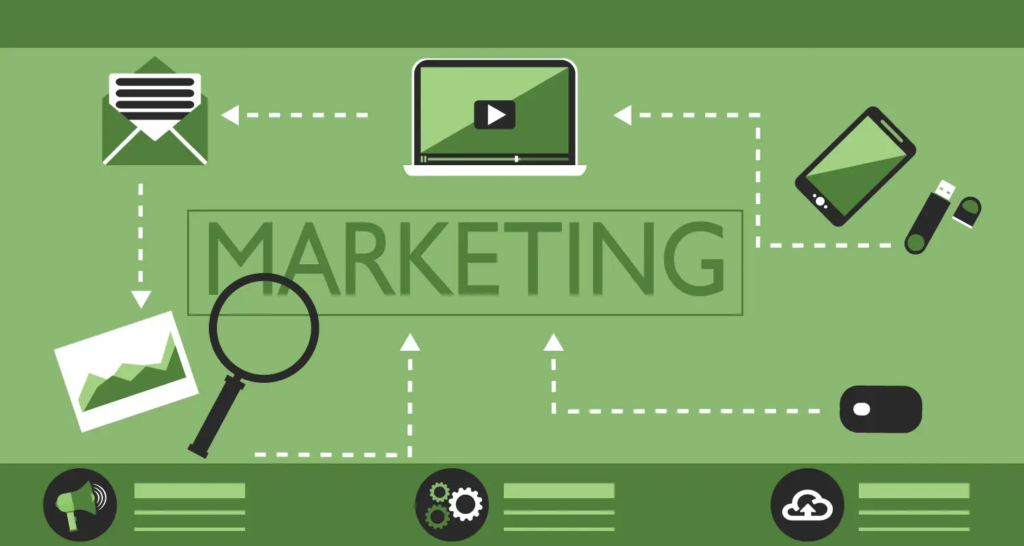
But how do you do that in a competitive and constantly changing market?
This article will answer some of the most frequently asked questions about how to market your product in 2024. We will cover the following topics:

- How to identify your target audience and understand their needs and preferences
- How to create compelling product launch strategies that drive demand and awareness
- How to use social media marketing, influencer marketing, and other digital channels to promote your product and build your brand reputation
- How to measure and optimize your marketing campaign performance and ROI
- How to differentiate your product from competitors and create a loyal customer base
By the end of this article, you will better understand how to market your product and achieve your business goals.
How to Identify Your Target Audience

The first step in marketing your product is to identify your target audience. Your target audience is most likely to buy and benefit from your product. You must conduct market research and customer segmentation to identify your target audience.
Market research is gathering and analyzing data about your market, industry, competitors, and customers. You can use various methods and sources to conduct market research, such as surveys, interviews, focus groups, online platforms, social media, analytics tools, etc. Market research aims to understand your market’s size, trends, opportunities, and challenges, as well as your customers’ needs, preferences, behaviors, and pain points.
Customer segmentation divides your market into smaller customer groups with similar characteristics, such as demographics, psychographics, geographic, behavioral, etc. Customer segmentation helps you to tailor your marketing messages, offers, and channels to each group and increase your conversion rates and customer satisfaction.
One of the best ways to segment your customers is to create buyer personas. Buyer personas are fictional representations of your ideal customers based on accurate data and insights. Buyer personas help you visualize and empathize with your customers and create products and marketing campaigns that resonate with them.
To create buyer personas, you need to collect and analyze data about your existing and potential customers, such as their:
- Age, gender, income, education, occupation, location, etc.
- Goals, challenges, motivations, frustrations, values, etc.
- Interests, hobbies, lifestyle, personality, etc.
- Online behavior includes websites they visit, social media platforms, content they consume, etc.
- Buying behavior includes how they search for, evaluate, and purchase products, how much they spend, how often they buy, etc.
- Feedback, reviews, testimonials, complaints, etc.
You can use various tools and templates to create buyer personas, such as tools. You should create at least one buyer persona for each customer segment and give them a name, a photo, and a backstory
How to Create Effective Product Launch Strategies that Drive Demand and Awareness

The next step in marketing your product is to create compelling product launch strategies that drive demand and awareness. A product launch introduces your product to the market and generates awareness, interest, and demand for it. A product launch is a critical moment for your business, as it can determine the success or failure of your product.
To create effective product launch strategies, you need to follow these steps
Define your product launch goals and metrics: You need to set clear and specific goals and metrics for your product launch, such as how many customers you want to acquire, how much revenue you want to generate, how much market share you want to capture, etc. You must also define how to measure and track your progress and performance, such as using analytics tools, surveys, feedback, etc.
Identify your product launch audience and channels
You need to identify who you want to target and reach with your product launch, such as your existing customers, potential customers, influencers, media, etc. You also need to identify which channels and platforms you want to use to communicate and promote your product launch, such as your website, blog, email, social media, press releases, events, etc.

Create your product launch content and assets
You must create compelling and engaging content and assets that showcase your product and its value proposition and persuade your audience to take action. You need to create different types of content and assets for different stages of your product launch, such as:
- Pre-launch
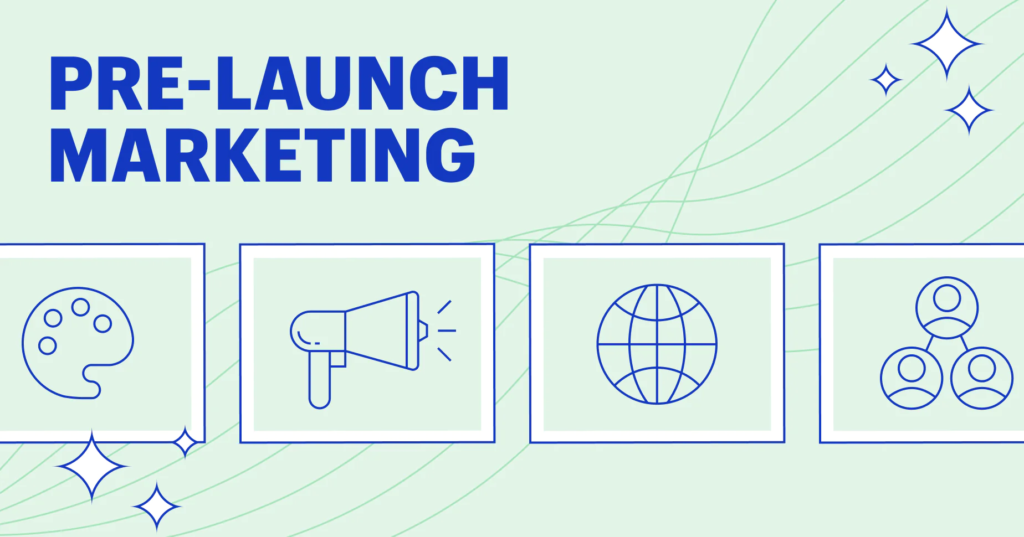
In this stage, you want to build anticipation and excitement for your product launch and generate leads and sign-ups. You can create content and assets such as teaser videos, landing pages, countdown timers, waitlists, etc.
- Launch
This is the stage where you want to announce and reveal your product to the market and drive traffic and conversions. You can create content and assets such as product videos, webinars, demos, live streams, blog posts, emails, social media posts, press releases, etc.
- Post-launch
This is the stage where you want to sustain and grow your product launch momentum and increase retention and referrals. You can create content and assets such as case studies, testimonials, reviews, tutorials, FAQs, newsletters, social media contests, referral programs, etc.
Execute and monitor your product launch campaigns
You need to execute and monitor your campaigns across your chosen channels and platforms and optimize them based on your results and feedback. You need to use various tools and techniques to execute and monitor your product launch campaigns, such as:
- Marketing automation: This uses software and tools to automate and streamline your marketing tasks and processes, such as sending emails, posting social media updates, scheduling webinars, etc.
- Marketing analytics: This uses data and insights to measure and improve your marketing performance and ROI, such as tracking your website traffic, conversions, revenue, etc.
- A/B testing and experiments: These are techniques that help you to compare and evaluate the effectiveness of different versions of your marketing messages, offers, and channels, such as headlines, images, colors, layouts, etc.
These are steps to create compelling product launch strategies that drive demand and awareness.
How to Use Social Media Marketing, Influencer Marketing, and Other Digital Channels to Reach and Engage Your Potential Customers.

The next step in marketing your product is to use social media marketing, influencer marketing, and other digital channels to reach and engage your potential customers. These are some of the most effective and affordable ways to promote your product and build your brand awareness and reputation online.
Social media marketing uses social media platforms such as Facebook, Twitter, Instagram, LinkedIn, and YouTube to communicate and interact with your audience, share your product content and stories, and drive traffic and conversions to your website or landing page. Social media marketing helps you to.
- Increase your reach and visibility to a large and diverse audience
- Build trust and credibility with your audience by showing your product’s value and personality
- Encourage engagement and feedback from your audience by asking questions, running polls, hosting live sessions, etc.
- Generate leads and sales by offering discounts, coupons, free trials, etc.
- Monitor and measure your product launch performance and sentiment by using analytics and social listening tools
To use social media marketing effectively, you need to
- Choose the right social media platforms for your product and audience based on your goals, budget, and resources
- Create a social media marketing plan and calendar outlining your objectives, strategies, tactics, and metrics for each platform
- Create and share valuable and relevant content that showcases your product and its benefits and aligns with your audience’s interests and needs
- Use hashtags, keywords, and tags to optimize your content for search and discovery
- Use visuals, videos, and stories to capture your audience’s attention and emotions
- Use social media ads and boosted posts to amplify your reach and conversions
- Collaborate and partner with influencers, bloggers, media outlets, and other relevant accounts to expand your reach and credibility
- Engage and interact with your audience, respond to their comments and messages, and address their questions and concerns
- Analyze and optimize your social media marketing performance and ROI, and adjust your strategy accordingly
Influencer marketing uses influential people with a large and loyal following on social media or other platforms to endorse, recommend, or review your product. Influencer marketing helps you to
- Increase your brand awareness and reputation among your target audience and niche
- Build trust and credibility with your audience by leveraging the influencer’s authority and expertise
- Generate leads and sales by tapping into the influencer’s network and influence
- Create user-generated content and social proof for your product
- Access new and untapped markets and segments
To use influencer marketing effectively, you need to
- Identify and research potential influencers who are relevant to your product, industry, and audience and have a high engagement rate and a positive reputation
- Reach out and pitch your product to the influencers, and offer them fair and attractive compensation, such as free products, discounts, commissions, etc.
- Negotiate and agree on the terms and expectations of the collaboration, such as the type, format, frequency, and duration of the content, the disclosure and compliance requirements, the tracking and reporting methods, etc.
- Provide the influencers with the necessary information, guidelines, and resources to create and share authentic and engaging content about your product
- Monitor and measure the influencer marketing performance and ROI and provide feedback and support to the influencers
Other digital channels that you can use to market your product include
Email marketing
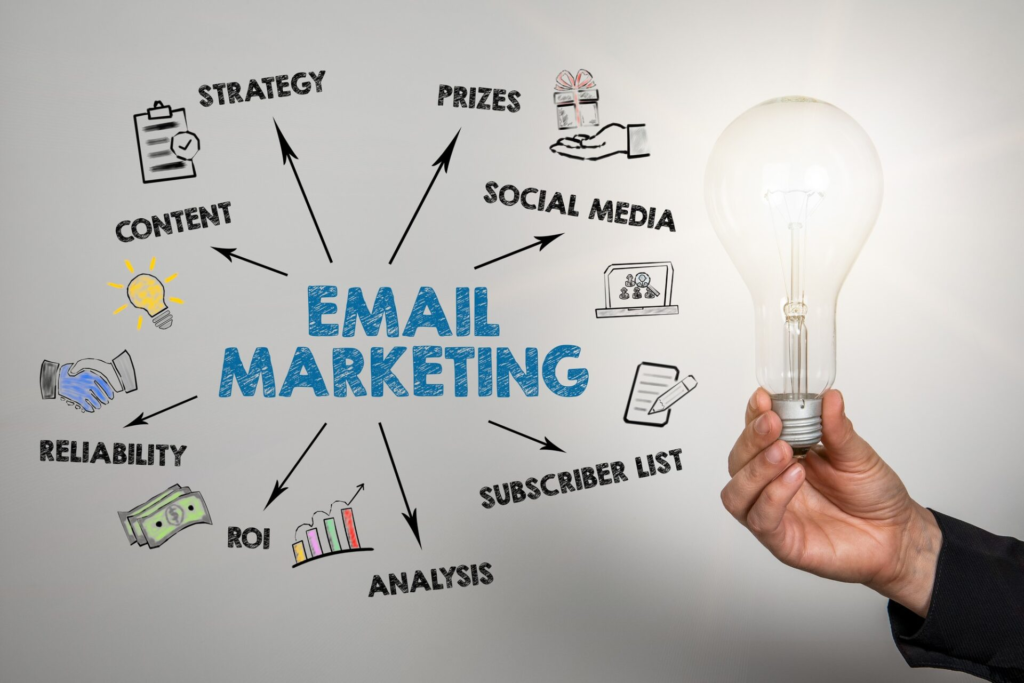
This is the use of email to send personalized and targeted messages to your subscribers, leads, and customers to inform them about your product, persuade them to buy it and retain them as loyal customers. Email marketing helps you to
- Build and nurture relationships with your audience by providing valuable and relevant information, tips, offers, etc.
- Segment and personalize your email campaigns based on your audience’s characteristics, behaviors, and preferences
- Drive traffic and conversions to your website or landing page by using clear and compelling calls to action
- Increase your customer loyalty and retention by sending welcome, thank you, confirmation, feedback, re-engagement, etc. emails
- Test and optimize your email marketing performance and ROI by using A/B testing, analytics, and automation tools
Content marketing

This uses various types of content, such as blog posts, articles, ebooks, white papers, infographics, podcasts, webinars, etc., to educate, inform, entertain, and persuade your audience about your product and its value. Content marketing helps you to
- Establish your authority and expertise in your industry and niche
- Attract and engage your audience by providing valuable and relevant information, solutions, insights, etc.
- Generate leads and sales using lead magnets, opt-in forms, landing pages, etc.
- Improve your SEO and organic traffic by using keywords, links, and metadata
- Repurpose and distribute your content across multiple channels and platforms
SEO (Search Engine Optimization)

Improving your website or landing page’s visibility and ranking on search engines such as Google, Bing, etc. SEO helps you to
- Increase your organic traffic and conversions by matching your content with your audience’s search intent and queries
- Optimize your website or landing page’s structure, design, speed, usability, and mobile-friendliness
- Use keywords, links, metadata, and schema to optimize your content for search engines and users
- Use analytics and tools to monitor and improve your SEO performance and ROI
These are some ways to use social media marketing, influencer marketing, and other digital channels to market your product in 2024.
How to Differentiate Your Product from Competitors and Create a Loyal Customer Base
The final step in marketing your product is to differentiate your product from competitors and create a loyal customer base. This is establishing and maintaining a competitive advantage and a strong brand identity for your product and building long-term customer relationships.
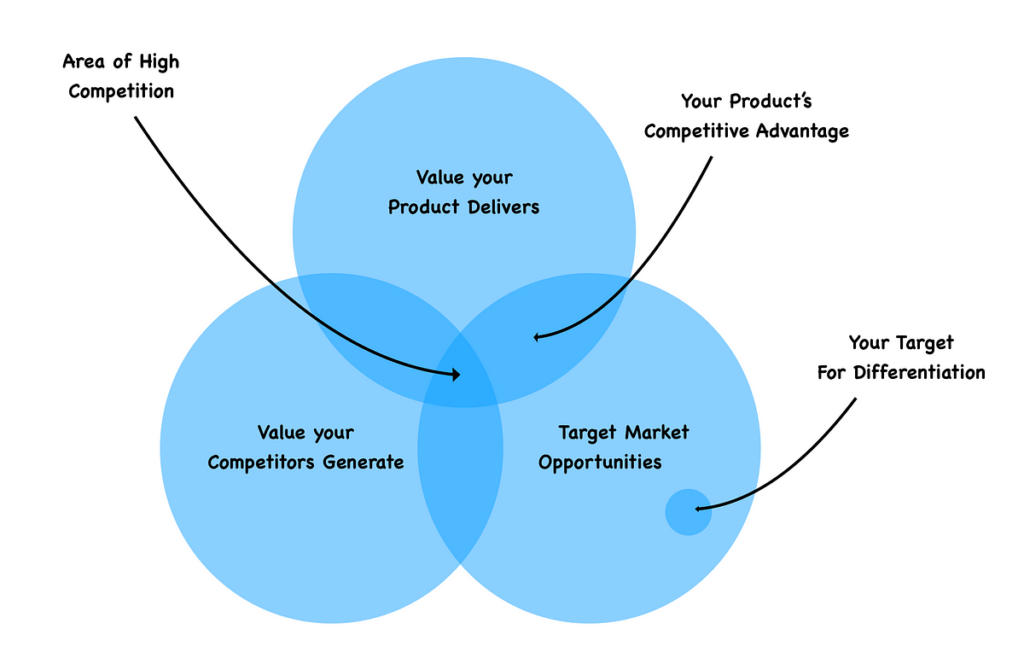
To differentiate your product from competitors and create a loyal customer base, you need to follow these steps
Conduct a competitive analysis
You must identify and analyze your direct and indirect competitors and understand their strengths, weaknesses, opportunities, and threats. You must compare and contrast your product with your competitors’ products and identify your unique selling points and value proposition. You must also monitor and anticipate your competitors’ moves and strategies and respond accordingly.
Define your brand identity and positioning

You need to define and communicate your brand identity and positioning, which are the essence and the perception of your product and business. You must create a brand name, logo, slogan, tone, voice, color, font, etc., that reflects your product’s personality, values, and benefits and resonates with your target audience.
You also need to create a brand story, the narrative, and the emotion behind your product and business and share it with your audience.
Deliver a consistent and memorable customer experience
You need to deliver a consistent and memorable customer experience across all touchpoints and interactions with your product and business, such as your website, app, email, social media, customer service, etc.
You must ensure that your product meets and exceeds your customers’ expectations and provides them with value and satisfaction. You must also surprise and delight your customers with extra features, benefits, offers, etc., that make them feel special and appreciated.
Encourage customer loyalty and advocacy

You need to encourage customer loyalty and advocacy, which are the behaviors and attitudes of your customers that indicate their commitment and satisfaction with your product and business. You must use various methods and incentives to retain and reward your loyal customers, such as loyalty programs, discounts, freebies, referrals, etc. You must also use various methods and platforms to collect and showcase customer feedback, reviews, testimonials, ratings, etc., demonstrating your product’s quality and reputation.
These are ways to differentiate your product from competitors and create a loyal customer base. By following these steps, you can market your product more effectively and efficiently and achieve your business goals.
Conclusion
Marketing your product is a vital and challenging task for any entrepreneur. You need to create a product that solves your customers’ problems, craft a value proposition that showcases your product’s benefits, plan and execute product launch strategies that generate buzz and excitement, use social media marketing, influencer marketing, and other digital channels to reach and engage your potential customers, measure and optimize your marketing campaign performance and ROI, and differentiate your product from competitors and create a loyal customer base.
This article has answered some of the most frequently asked questions about how to market your product in 2024. We hope that this article has been helpful and informative for you. If you have any questions or feedback, please contact us. Thank you for reading, and good luck with your product marketing!


